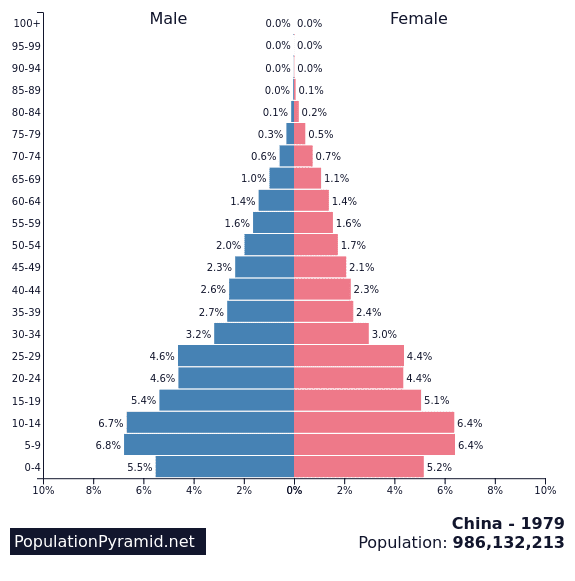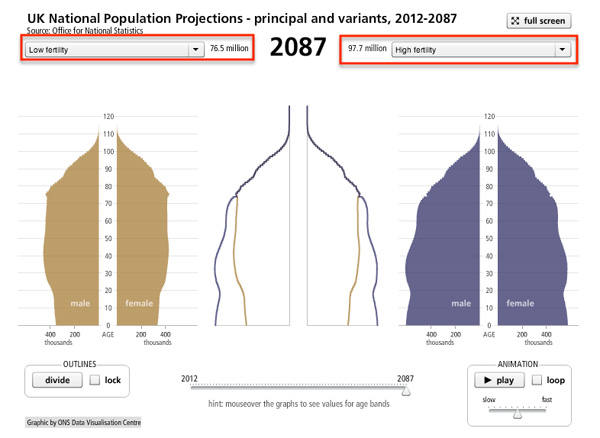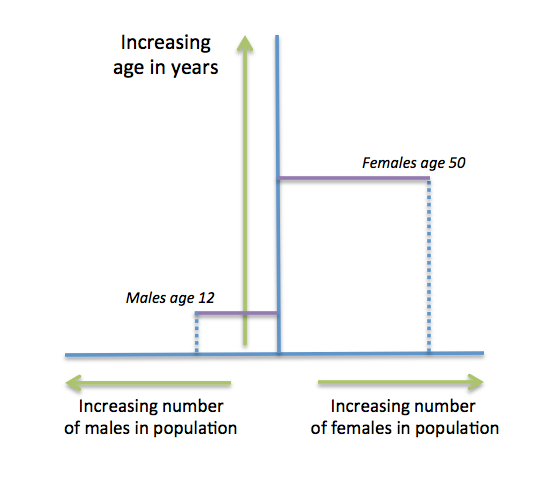Describe How Global Fertility Rates and Populations Are Changing
Chart and table of the World fertility rate from 1950 to 2021. Immigration rate is the number of immigrants per one thousand.

The Weird Thing About Population Growth A New Shade Of Green Sherry Listgarten Palo Alto Online
Some forecasters like Sanjeev Sanyal argue that the effective global fertility rate will fall below replacement rate estimated to be 23 in the 2020s.

. As we can see from these graphs the global fertility rates are constantly declining in most countries but have resources available such as safe water supplies vaccines and food supply. ACTICE QUIZ Describe how global fertility rates and populations are changing see fig. Explain these changes from stage to stage referring to the increase in economic development over time.
Globally populations continue to rise a but our rate of growth has plummeted b. A typical measurement used for fertility is the crude birth rate which is the number of live births in a given year for every 1000 people in. Some countries below ZPG Fertility is socially constructed not taken for granted Population does not grow uncontrollably but rather stabilizes at a slow growth rate as birth and death rates fall However absolute population growth is still large ca.
Europe coming in Japan Forces affecting population change P BR DR I O or P NGR NMR Fertility. In the section above we looked at the absolute change in the global population over time. 80 million per year Most in developing countries Some countries are losing population Russia E.
There has been a remarkable global decline in the number of children women are having researchers say. The total fertility rate for the world has been declining rapidly since the 1960s. 80 million per annum due to the large base current 6 billion Total future population depends on fertility rate trends in less developed.
Emigration rate is the number of emigrants per 1000. But what about the rate of population growth. In Africa fertility is projected to decline to 39.
Up to 24 cash back Using this video and the slides. But with the population increasing over periods of time it has come to my attention that it has been stabled due to the face where some poor countries democracy social security and. A decline in fertility is just one way the pandemic is suppressing population growth in many developed nations.
The researchers said the findings were a huge surprise. It occurs because a large number of young people will reach maturity and therefore the rate of births will continue to exceed the number deaths even with falling overall fertility. Global population forecasts appear to depend primarily on two key issues.
Global total fertility is projected to decline to 24 children per woman by 2030 and 22 children per woman by 2050. Describe how global fertility rates and populations are changing see fig. United Nations projections are also included through the year 2100.
Apply a country or society that you think currently fits into each of the stages. In 2020 Australia recorded its first population decline since World War I due to stricter COVID-related border controls. Describe the 4-5 stages of the DTM with reference to birth rates death rates population change.
Countries with low female literacy like Afghanistan Niger and Senegal have higher fertility rates. This implies that countries at. But since then world population growth has.
Distinguish between a hypothesis and a theory. Crude Birth Rate. Unprecedented changes are occurring worldwide as fertility and mortality rates decline in most countries and as populations age.
United Nations Population Program 2011. The global population growth rate peaked long ago. Population momentum This explains why population growth can continue even when birth ratesfertility rates fall in populations with a youthful structure.
According to their studies the fertility rate falls meaning that nearly half of countries were now facing a baby bust insufficient children to maintain their population size. This would stabilize world population sometime during the period 2050-2070. The chart shows that global population growth reached a peak in 1962 and 1963 with an annual growth rate of 22.
There are a growing number of countries whose fertility rates have fallen below replacement value around 21. These changes affect individuals families governments and private-sector organizations as they seek to answer questions related to health care housing social security work and retirement caregiving and the burden of disease and disability. Some countries are below the replacement rate of about two children per woman.
The fertility rate for World in 2020 was 2448 births per woman a 041 decline from 2019. Evaluate the DTM as a model. Fertility rates and birth rates are decreasing globally.
The current fertility rate for World in 2021 is 2438 births per woman a 041 decline from 2020. It can also be inferred from the graph that fertility rates in the developed nations are far lower than the fertility rates in poor languishing countries. Vhat is the idea of ecological services.
Describe the steps in the scientific method. Canada granted permanent-resident status to 180000 applicants in 2020 far short of the target of. Death rate is the number of deaths per 1000 people in a population per year.
Population change BirthsImmigration - DeathEmigration Distinguish between replacement-level fertility and total fertility rate. Parallel to these two disasters another major global change emerged in the newsone that will require more and more of our attention in the coming yearspopulation transition. Bad news and good news.
Fertility rates in Japan France UK and USA offer a good contrast to the Sub Saharan nations. Population Explodes after the Industrial Revolution Population Density Population Growth over Time and Space World population growth is slowing Still adding ca. The pace of fertility decline in sub-Saharan Africa and what happens to countries when fertility levels drop below a total fertility rate TFR of 21 traditionally considered the minimum rate necessary for generational replacement of the population the replacement level.
- Fertility rates at an all-time low - Average woman in the developing world is having 29 children down from an average of nearly 6 babies - It is believed that fertility rates in the developing world will fall below the replacement level which is 21 per woman before the end of the 21st century.

What Is Population Momentum The Reason Populations Keep Growing

How Fertility Rates Affect Population Openlearn Open University

How Fertility Rates Affect Population Openlearn Open University
No comments for "Describe How Global Fertility Rates and Populations Are Changing"
Post a Comment